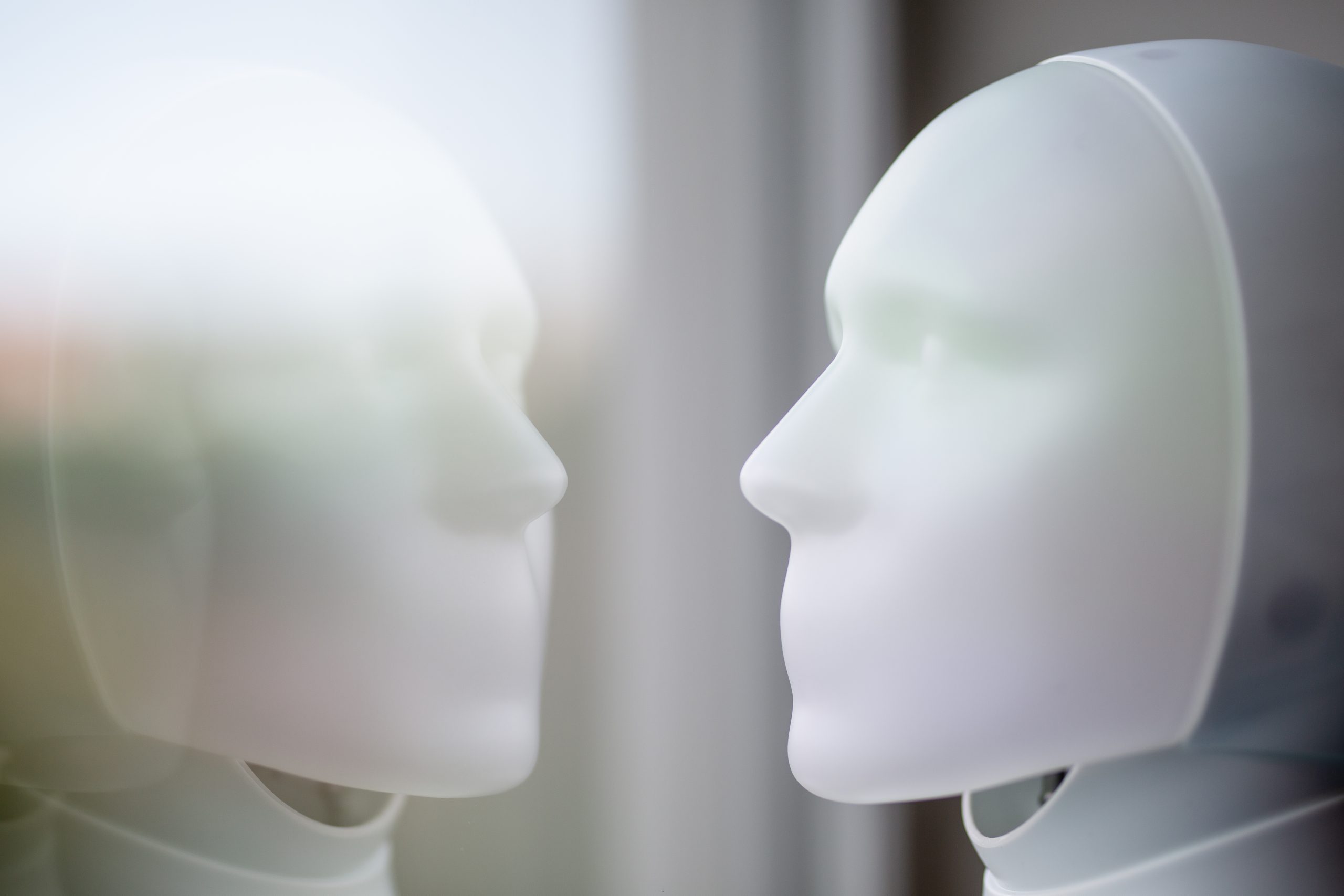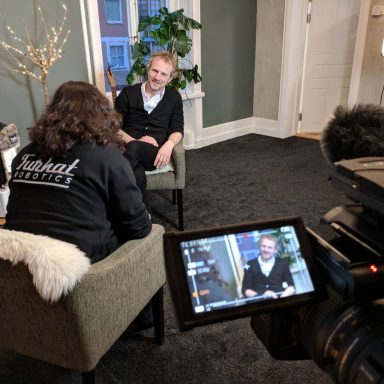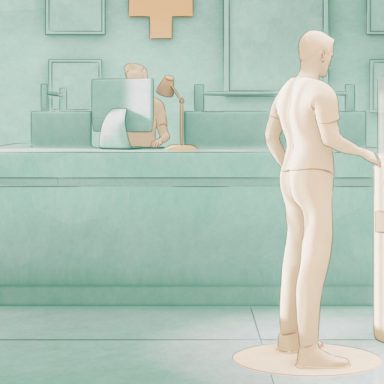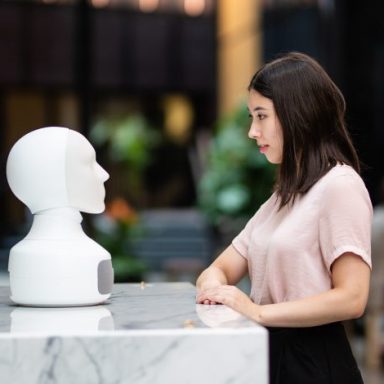The loneliness pandemic
The COVID-19 pandemic has caused shockwaves across the world due to the lockdowns and imposed restrictions on life as we knew it. At the time of writing in October 2020, the World Health Organization (WHO) states there have been nearly 36 million cases, resulting in over 1 million deaths. The fight in the immediacy is to slow the spread of the virus, however there is another major problem that healthcare practitioners are battling, that cannot be cured with a vaccine: social isolation.
Social contact with others, which we are well aware promotes positive mental health, has been taken away from us in the blink of an eye. We know from previous pandemics (SARS, Influenza) that restrictions in society have detrimental impacts on people’s sense of belonging, worth and place within social groups. TIME states that in the US alone, 35.7 million Americans live solo, meaning very limited social contact for potentially months on end. A report published by the National Academies of Sciences found that social isolation and loneliness in older adults resulted in a “59 percent increased risk of functional decline”, a “50 percent increased risk of developing dementia”, along with a consistent relationship to mental illnesses such as depression and anxiety. As Vox reminds us, human beings are social animals that evolved to feel safest in groups, and as a result, we experience isolation as a physical state of emergency.
As the world learns to cope with the fallout of the pandemic, there is a clear need for a change in how our society is prepared for scenarios such as this pandemic. Could social robots be a tool that’s already available?

Robots have typically been used for dull, dirty and dangerous tasks, associated with automation of physical duties that require manual human labour. This is changing with the introduction of social robots that take on the role of a conversational partner, opening up a plethora of options as to how this tech can be used in the world we see today
Can social robots combat loneliness?
Social robots have an unrealized potential to influence the way we combat social isolation today. An area where innovation is in dire need, where human resources are lacking and technological solutions do not meet the bar, the healthcare & wellness industry is searching for a safe, reliable and scalable way to mitigate these issues. And we believe social robots, and the Furhat robot in particular, can be that tool due to the following benefits:
Conversational partner
Furhat is built with conversational intelligence. The design of a robot head with a bust indicates that it is not built to serve a manual purpose, like service robots, rather it is a device that resembles human-like features and can communicate like us. This means that Furhat makes a great social companion through its ability to speak, listen, maintain eye contact and express emotive facial gestures. As opposed to a mechatronic solution that does not have the fine motor movements that a human face has, the back-projection of Furhat provides an animated, yet realistic face.
Always available, without judgement
Social robots can be there 24/7 without any questions asked, and unlike human caregivers, do not get frustrated or impatient, which is a common feeling for family members and carers. There is no judgement. Those who feel lonely and isolated may feel afraid or unable to talk about their true feelings with other people. Robots have no feelings or prejudice, therefore people may feel as though they can open up more.
Peer-level interactions
Furhat has the ability to change its appearance to adapt to conversations at peer level. Firstly, the robot’s back-projection means that the animated face can change to a character of varying ages, ranging from a young child to an elderly person. The physical mask is interchangeable, resulting in a more realistic form of the face. In addition, the voice, pitch & intonation of the voices can be adapted to a specific character, along with a specified choice of words which result in a more realistic interaction. Watch an example below of our elderly character, Max, as he speaks on stage at RISE Summit in 2019 (starting at 8m 40s).
Social robots are already being adopted in care homes and healthcare facilities. Most notably, the PARO Therapeutic robot is administered to patients that are not capable of looking after an animal, yet would benefit from the ‘animal therapy’. Another example, Alice the social robot – supported by the Deloitte Impact Foundation, has been trialled in care homes as a companion for the elderly. The Vector robot has been used in several research studies on the use of social robots to combat loneliness, finding that “companion robots can be used to mitigate feelings of loneliness through building different types of supportive relationships” by reducing stress hormones and improving brain functioning.
Let it be said that social robots will not be replacing human workers
The goal of introducing social robots is not to replace people or even necessarily to save costs. The hope is that they will be a tool used to support existing ways of working, perhaps where it is not safe for other human beings to be, or where there is a lack of resources or means to effectively get the job done. In times of great need for technological solutions to aid in the deficit of services to those in need, social robots could be the solution.
—
Are you keen to discuss more about robots and healthcare, or perhaps meet your first Furhat robot? We wish we could meet you physically, but in the meantime make sure to catch up on our healthcare webinar, or reserve a spot on our open demo sessions to see Furhat in action.
Watch our healthcare webinar
Our Social Robots in Healthcare webinar took place on October 13th. Not to worry if you missed it, you can watch the recording at any time.




